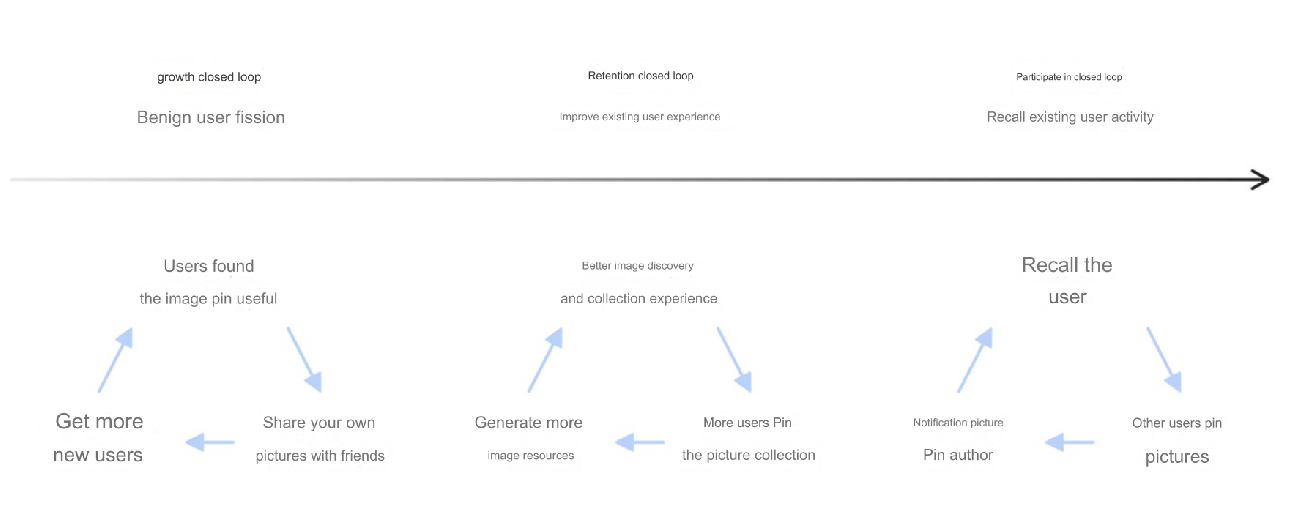Learn about the key responsibilities of a product manager in the tech industry, including identifying and solving problems, gathering user feedback, creating prototypes, writing documentation, and managing product launches. Understand the role of a product manager and how they contribute to a product's lifecycle.
The role of a product manager has become one of the most sought-after positions in the current internet industry. With attractive career prospects and impressive income, it’s no surprise that many people are eager to transition into this role. However, many still lack a deep understanding of what a product manager actually does, and those interested in making a career shift often don’t know where to begin. After all, if they don't even fully understand the responsibilities of a product manager, it's impossible to do the job well.
So, what exactly does a product manager do? Below, we provide a detailed explanation.
A product manager, also known as "product planner," is responsible for planning and managing a specific product or product category within a company. This role primarily involves overseeing product development, manufacturing, marketing, and distribution channels.
In reality, the role of a product manager is difficult to define clearly in one sentence, but in essence, a product manager serves the end user and is responsible for the entire lifecycle of a product.
Of course, each company may have a slightly different definition of a product manager and specific duties may vary, but in any case, product managers are expected to identify problems and provide solutions to these issues, ultimately creating value.

1. A Product Manager Must Be Able to Identify Problems
Problems are essentially needs, and the entire work of a company is built around addressing these needs. Therefore, the product manager's first priority is to identify problems.
(1) Collecting NeedsNeeds are the foundation of work progression, so the first task for a product manager is to collect these needs. In most companies, product managers collect needs in the following ways:
Data Analysis: Product managers analyze company or product data to identify business or product-level issues.
User Feedback: Products ultimately serve users, so a product manager must always be aware of user feedback, adjusting the product to meet users' expectations.
Competitive Product Analysis: A product manager needs to keep an eye on market changes, especially tracking competitors’ actions, to avoid being outpaced by rivals in a competitive market.
Top-Level Strategy: A company's direction is shaped by its upper management’s decisions, so product managers must understand the needs and expectations of their bosses or leadership to create products aligned with the company’s growth trajectory.
(2) Clarifying NeedsNeeds can come from various sources, and the product manager will receive a vast array of requests daily. However, not every request can be implemented. Therefore, the product manager's task is to understand the background of these needs. At the very least, they must know the type of user making the request, the circumstances under which the need arose, and the desired outcome.
After clarifying the background, the product manager must evaluate whether the need is genuine. If the need is false or unnecessary, it won't be prioritized for further work. Only real needs are worth considering.
Of course, due to constraints like limited resources, time, and skills, product managers can’t solve every problem at once. Hence, they need to prioritize tasks based on urgency and importance, determining which needs should be addressed first depending on severity and time sensitivity.
2. A Product Manager Must Be Able to Solve Problems
The most important way a product manager demonstrates value is by solving problems. Therefore, product managers need to take specific actions to resolve the issues at hand.
(1) Creating PrototypesCreating prototype diagrams is an essential part of a product manager's responsibilities. After analyzing and thinking through a problem, a product manager might come up with a rough solution, but they need to visualize this solution so that others in the team understand what the product should look like. Without a visual representation, it’s difficult to move forward with development.
(2) Writing DocumentationDocumentation is the process of explaining a solution or plan in detail, ensuring that all stakeholders agree on the approach. For example, when a product manager executes a marketing plan, analyzes competitors, or defines the product strategy, they will need to write up documentation to communicate the plan clearly.
(3) Tracking the LaunchThe product’s success depends on whether the development team can bring the product idea to life through coding and deliver a usable product to customers. However, this process is not without challenges, such as inaccurate time estimates, lack of resources, or misunderstanding of the requirements. The product manager needs to maintain constant oversight during the development process, promptly identifying problems and coordinating solutions to ensure that the project is launched on time and meets the required standards.
After the product goes live, the product manager must continue tracking its performance. They need to evaluate whether users are satisfied, if there are any design flaws, and whether the product meets expectations. This information will help inform the next iteration of the product for continuous improvement.







